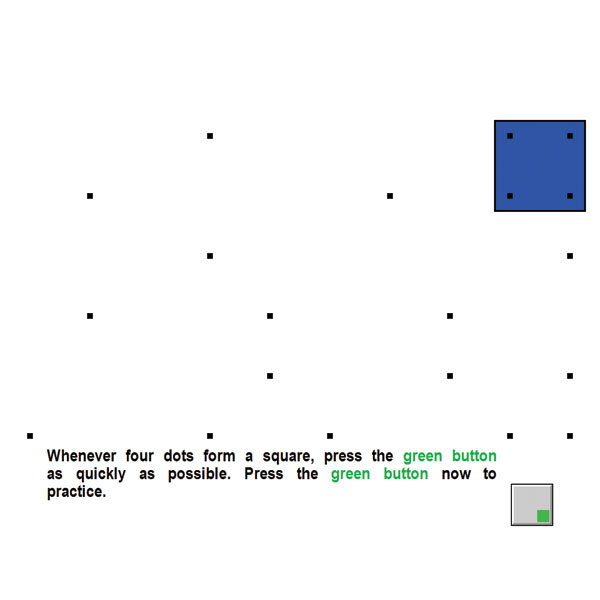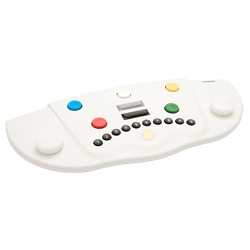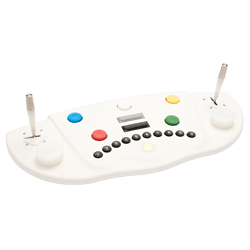
Signal-Detection - SIGNAL
Model 64042
Assessment of long-term selective attention, that is, the visual differentiation of a relevant signal within irrelevant signals; application for people aged 7 years and over.
Test Overview
Based on the signal detection theory, this test assesses the visual detailed registration of complex stimuli under time pressure over a longer period of time.
Main Areas of Application
- Health psychology
- Clinical psychology (to assess the ability of visual differentiation as well as neglect phenomena of a visual half-field, e.g. for neglect diagnostics)
- Performance-oriented aptitude diagnostics.
Theoretical Background
The signal detection theory (by Green and Swets, 1966) describes the perception of weak signals on a constantly changing (flickering) background. It is not limited to visual differentiation of a certain type of signals that are close to the perception threshold. It is much more general and deals with the question: Under which circumstances can a person detect a weak signal surrounded by irrelevant signals that could be confused with each other?
This shows a strong link to the statistical decision theory, as for the reaction "Signal exists" or "Signal does not exist" the sensibility to differences is less important than the problem to decide for one of two possible answers with different probability to be correct.
Administration
The entire screen is covered with dots, some of which randomly disappear while other new ones appear. The respondent is required to detect the critical stimulus constellation, that is, whenever four dots form a square.
Test Forms
- S1: Standard (white signals on a black background)
- S2: Standard, inverted (black signals on a white background)
- S3: Shortsignal duration
- S4: Signal-balance (neglect diagnostics).
Scoring
The main variables calculated are the sum of correct, delayed, and incorrect reactions as a measurement for the reliability of the detection process, and the median of the detection time as a measure of the speed of the detection process. Additional part of the test protocol: quadrant scoring (including cutoff scores or distribution sections for average performances).
Reliability
For the variable "number of correct and delayed reactions" split-half reliability coefficients (odd-even method) of between r=0.74 and r=0.85 were obtained, depending on the test form and the comparison sample. For the median detection time the reliability calculated by the same method was between r=0.78 and r=0.84.
Validity
Construct validity can be assumed because the aspects of performance measured constitute the criteria for the construct of signal detection in accordance with signal detection theory. Studies with extreme groups also yielded very good results.
Norms
For test forms S1 to S3 norm samples of between N=76 to N=904 are available. In some cases the norms are also available partitioned by gender, age and education. For Form S4 norms are available for N=71 neurological patients.
Testing Time
Between 14 and 20 minutes (including instruction and practice phase), depending on test form.
VTS System Overview
The Schuhfried VTS enables computer-assisted application of a large number of highly diverse psycho-diagnostic tests and measuring procedures. In developing the system much emphasis was placed on transparent structure and largely uniform design. It is therefore simple to operate and easy to understand and does not require any special computer skills.
The VTS basic module is required for administration of any of the available tests.
The Schuhfried VTS supports the administration of both single tests and test batteries. Many of the single tests are available in different test versions. These test versions may differ, for example, in terms of test duration or difficulty or may be parallel forms. They are characterized by different parameters reflecting specific test requirements. They have been designed for administration to a specific population (e.g. psychiatric patients, children, etc.) or for special measuring purposes (e.g. repeated measurements). Test batteries are compiled from the available single tests and test versions.


